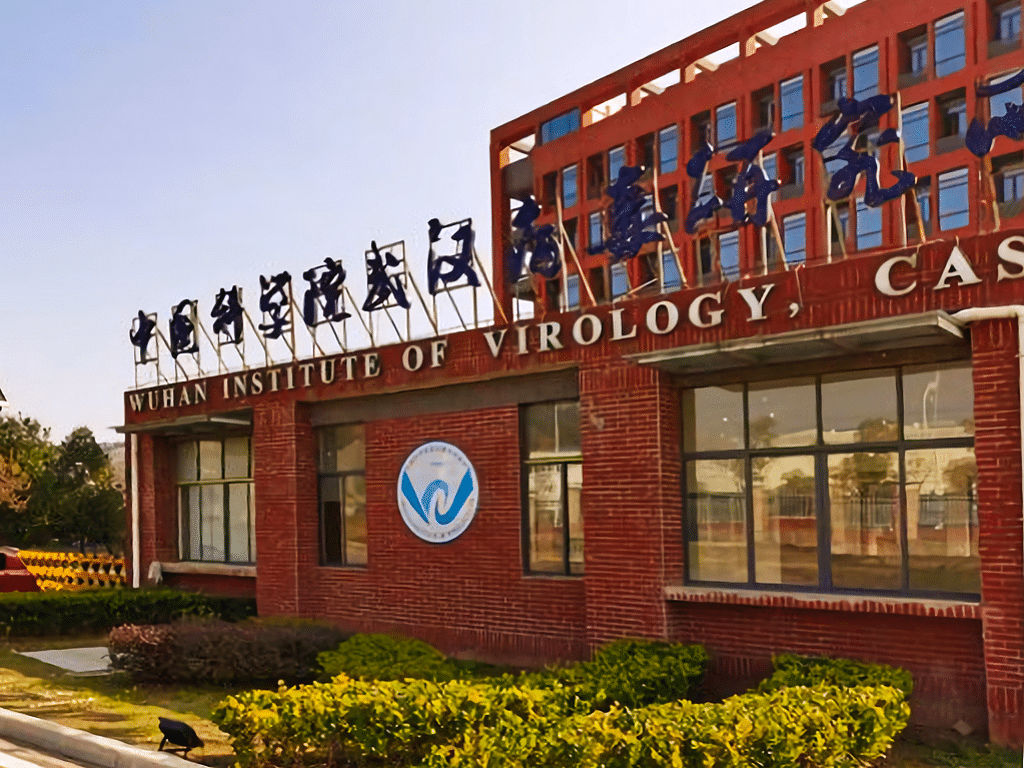Inconclusive: Biden’s COVID-19 origins review hasn’t found a smoking gun
By Matt Field | August 25, 2021
 The Wuhan Institute of Virology in Wuhan, China. Credit: Ureem2805 via Wikimedia Commons. CC BY-SA 4.0.
The Wuhan Institute of Virology in Wuhan, China. Credit: Ureem2805 via Wikimedia Commons. CC BY-SA 4.0.
More than 90 days have passed since President Joe Biden announced he had tasked the US government’s spy agencies with determining whether SARS-CoV-2, the virus that causes COVID-19, leaked from a lab or erupted naturally after someone was exposed to an infected animal. According to multiple media reports, the non-public review didn’t turn up evidence that would allow intelligence officials to coalesce around an idea of how the virus’s march around the world began. In May, the president said three intelligence agencies couldn’t agree on a pandemic origins story; even after months spent examining a large amount of data, The Washington Post reported officials still haven’t come to a consensus.
Biden ordered the 90-day review after a group of 18 prominent scientists, reacting to a much-criticized World Health Organization (WHO) report, wrote a piece in Science asking for a full investigation into the possibility that the COVID-19 virus leaked from a laboratory in Wuhan, China. At the time, media reports, including in the Bulletin, were generating renewed attention to the lab-leak theory, which many felt the WHO had too readily dismissed. But it has long been expected that using the tools of the intelligence community to get information out of China would be difficult. Director of National Intelligence Avril Haines previewed the possibility that the report, delivered to Biden Tuesday, might not break much ground in the COVID-19 origins debate. “We’re hoping to find a smoking gun,” she told Yahoo News but “it’s challenging to do that.”
The three-month review entailed dozens of analysts from different agencies pouring over data, including a large cache of genetic data from the Wuhan Institute of Virology, according to CNN. The lab is a premiere pathogen research center in the city where cases of COVID-19 were first reported. The controversial lab is known for work on coronaviruses and has been a focal point in the debate over the origins of the pandemic. US analysts also looked at intercepted communications and satellite images, according to CNN.
In March, a WHO team reported that the possibility that the virus “leaked” from a lab was “extremely unlikely,” but the organization’s chief, Tedros Adhanom Ghebreyesus, quickly stressed that the hypothesis remained worthy of investigation. Since then, the WHO hasn’t made much headway in persuading the Chinese government to authorize a renewed investigation in the country. In July, Tedros laid out a proposal for more studies, including audits of relevant labs in China. But officials there quickly knocked down the plan as “impossible,” according to The Washington Post.
The 90-day intelligence review has yet to be made public, but White House Press Secretary Jen Psaki said some version could be released this week.
Together, we make the world safer.
The Bulletin elevates expert voices above the noise. But as an independent nonprofit organization, our operations depend on the support of readers like you. Help us continue to deliver quality journalism that holds leaders accountable. Your support of our work at any level is important. In return, we promise our coverage will be understandable, influential, vigilant, solution-oriented, and fair-minded. Together we can make a difference.
Keywords: COVID-19, Joe Biden, Wuhan Institute of Virology
Topics: Biosecurity, Disruptive Technologies














